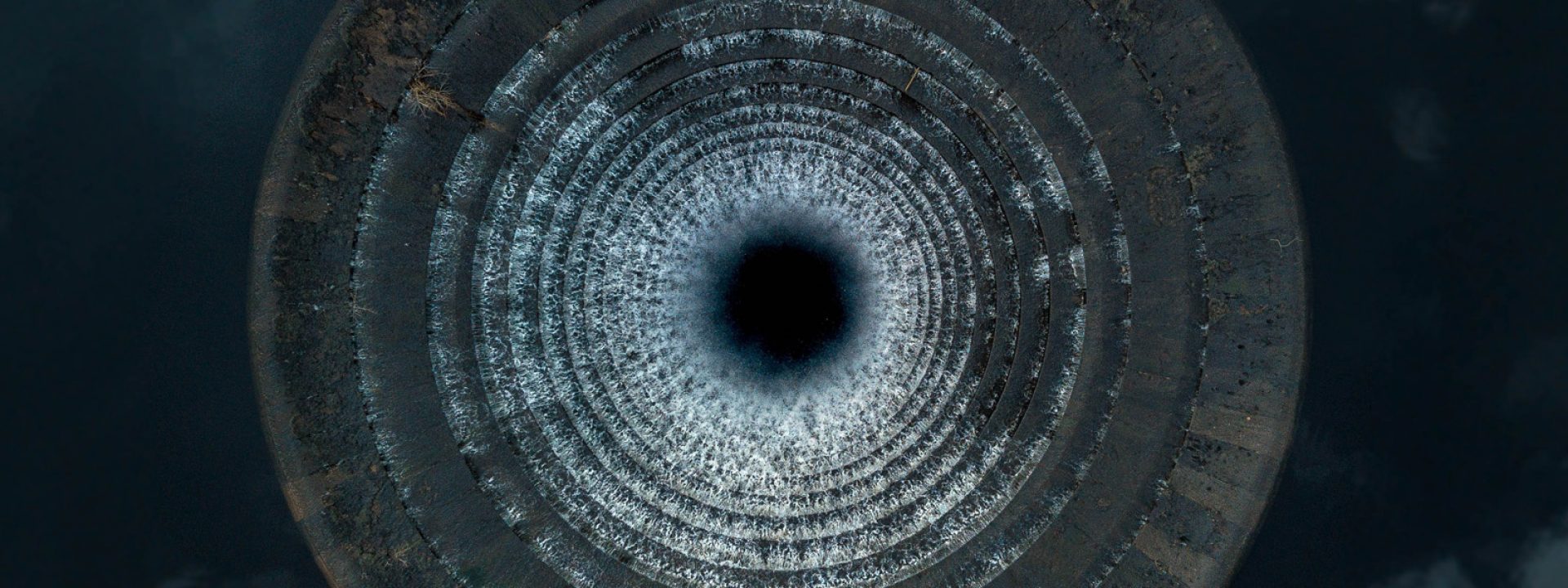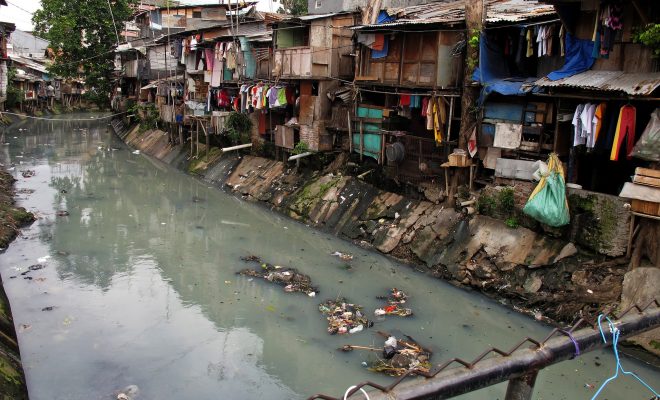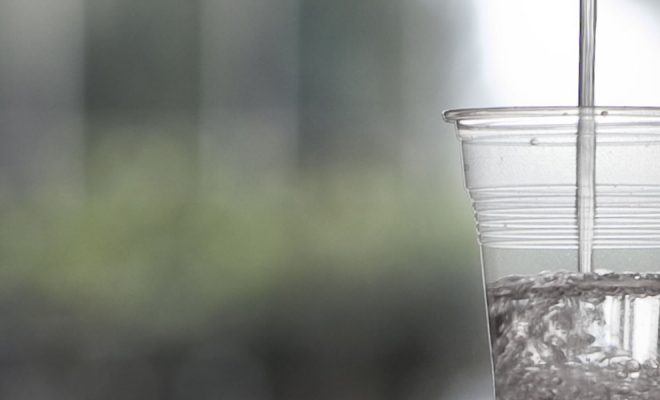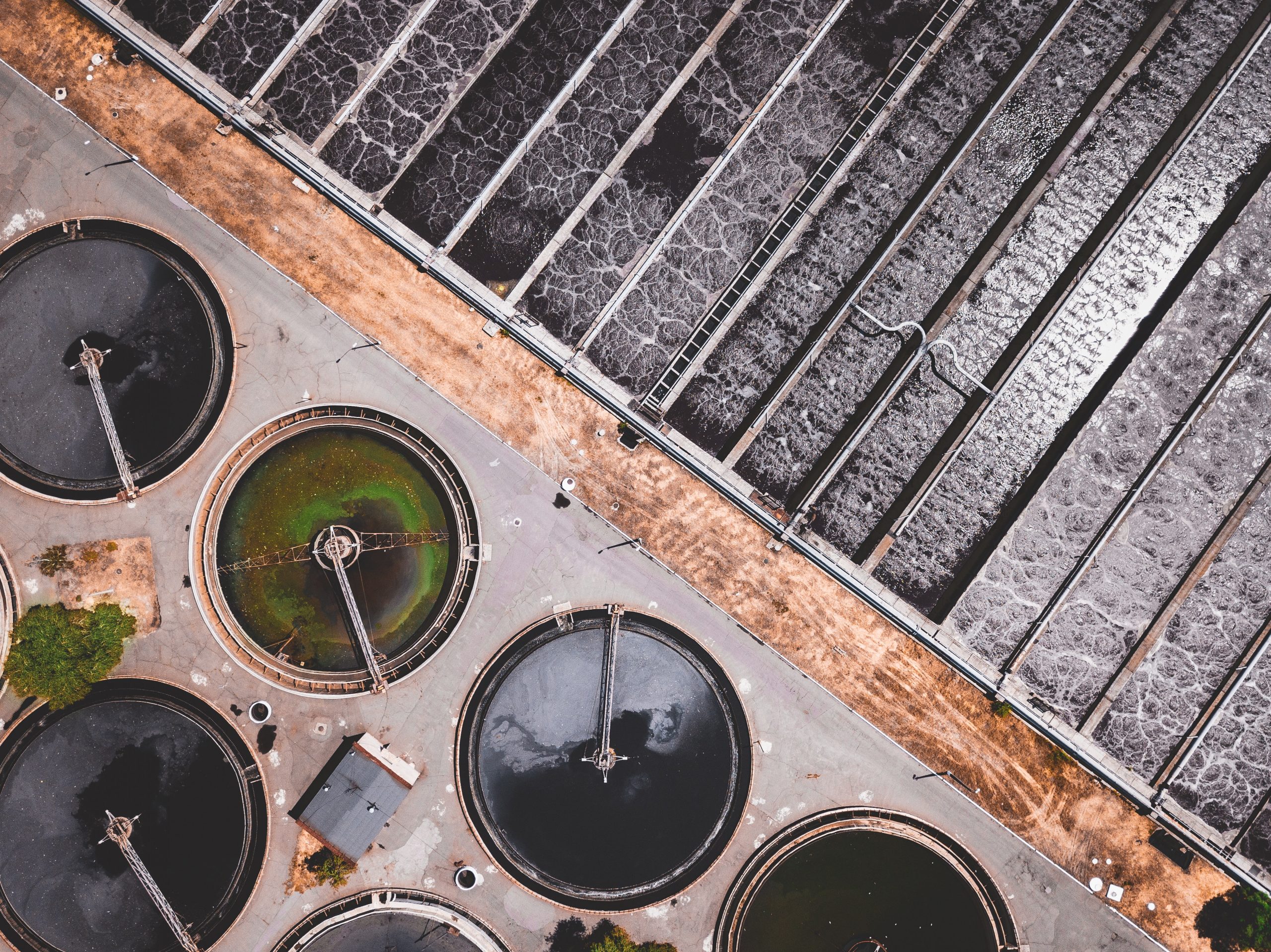
Beyond the mere reuse of water, civil society must understand that the generation of value in waste is fundamental for it to be used and to disappear as such when it is reintroduced into the productive cycle. ©Ivan Bandura – unsplash
The Industrial Revolution based its growth model on the idea that nature was an all-embracing “mother” that could endure anything; it always provided us with raw materials and fuel to obtain the necessary energy to transform them. Likewise, nature could always be used as the final destination of the waste, as the air, soil and sea were presented as immense sewers with the capacity to absorb everything. This is what we have recently defined as “linear economy”: a model that considers nature as the beginning and end of an open productive process based on the chain extract-burn and transform-use-discard.
In the 1970s, unrelenting pollution caused this model to be seriously questioned. In 1987, an international commission led by the Norwegian doctor Gro Harlem Brundtland, presented a report to United Nations that included the term “sustainable development” for the first time, defined as “the one that meets present needs without compromising those of future generations.” The report warned that socio-economic progress was being made against the balance of nature creating an unacceptable “environmental cost.”
Development, better than growth
For some of the most troubled economists, it was evident that there was an inconsistency between the term “economic growth”, commonly used at the time, and the term “economic development”, which directly referred to the social advantages of the economy, leaving purely financial indicators in the background. In 1989, the British economists David W. Pearce and R. Kerry Turner, pointed at the linear economy model as the main culprit of environmental degradation. The “natural capital” concept started being introduced in the economy: natural resources and ecosystems had to be seen as means of producing goods and services, and had therefore an economic value in themselves and needed to be preserved. At the time, the traditional economy still believed that the loss of this natural capital could be compensated with the capital produced by the products that were obtained. This model continued to maintain that sustainable growth was possible as the natural capital was replaceable.
In the 1990s, American economistsHerman Daly and Robert Costanza explained and disseminated the idea that the natural capital was irreplaceable in terms of sustainability, advocating a clear rupture between the economic activity and the environmental degradation. Their work led to an essential statement: although economic development can be sustainable, sustainable economic growth is not possible, as it is limited by a finite natural capital, either due to depletion or degradation.
The water cycle as natural capital
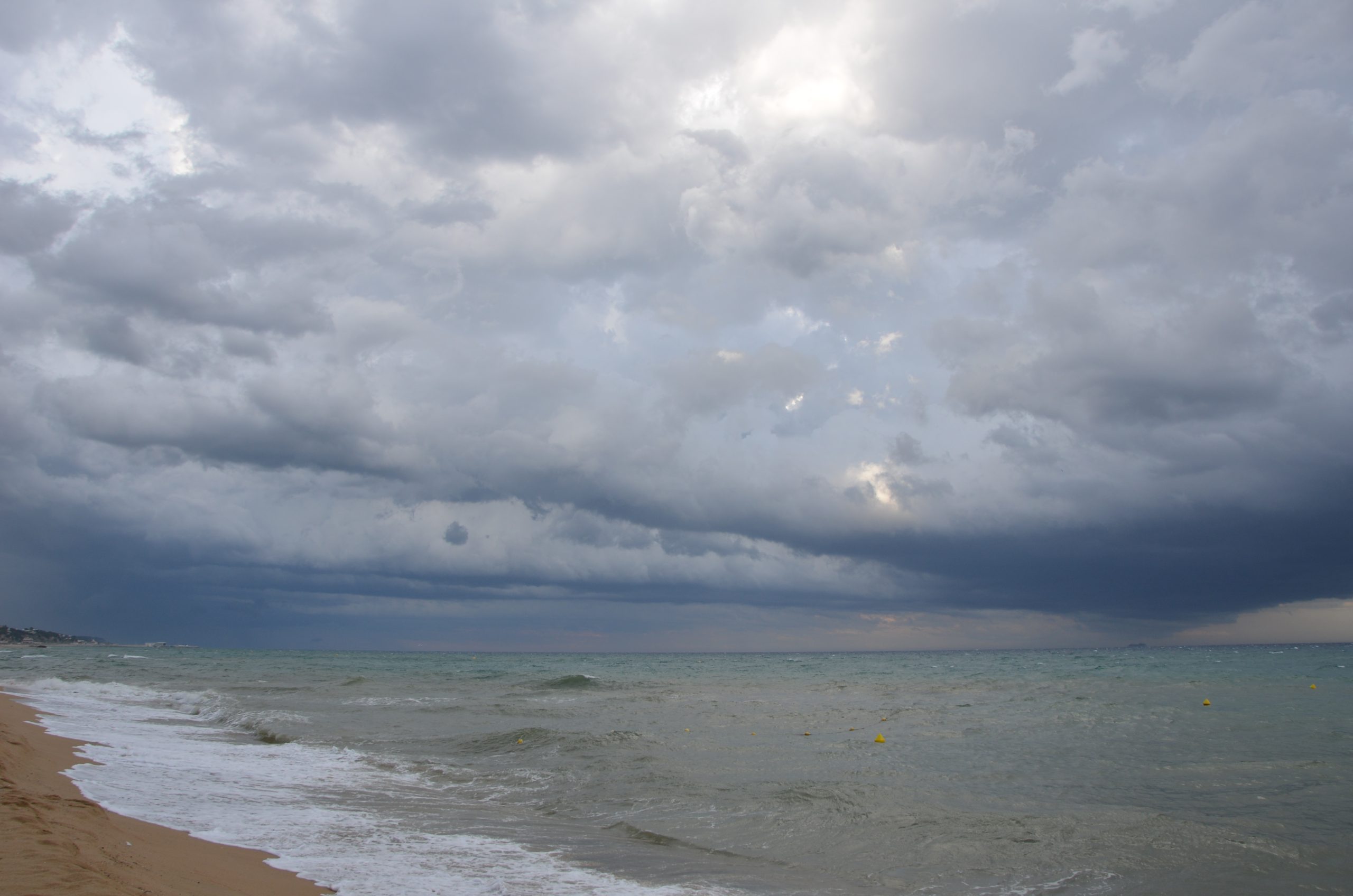
The water cycle recovers it through the evaporation of the seas and returns it to the earth. Nature itself provides the “service” of purifying water and returning it to the environment, so that we can use it. © Santi Serrat.
The use of water allows us to understand and better explain the natural capital concept and the crises linked to its deterioration. Water is a renewable good, in the sense that it is nature itself that provides it, through rainfall, and it is nature that recycles it: the water cycle recovers it through the evaporation of the seas and returns it to the earth where it is, once again, collected. That is, nature itself provides the “service” of purifying water and returning it to the environment so that we can use it. The water cycle is therefore a universal natural capital, as it knows no borders and is vital for the future of mankind.
The complete water cycle, the one that collects, treats and transports it for human use and returns it to nature implies the interruption of this natural cycle and the adoption of a parallel cycle that, ideally, should not alter the environment and therefore should not damage the natural capital. From a global perspective, reality is very different, as the natural capital of its cycle is deteriorated: water is scarce in many areas due to overexploitation of rivers and aquifers, it has been polluted and turned into a vector for land and sea pollution and climate change is causing draughts and floods that threaten the food security, habitat and health of 1 billion people, according to the Intergovernmental Panel on Climate Change (IPCC).
A circular economy, the only solution
The work of Daly and Costanza became one of the agents of change for the international community’s reaction to a clear degradation. In 1992 United Nations held the second Earth Summit in Rio de Janeiro (the first, held in Stockholm in 1972, had been a mere declaration of intent) and for the first time explicitly addressed the problem of environmental degradation and water scarcity as an obstacle to fair global economic development. Development finally banished growth in 2000, when United Nations launched the Millennium Development Goals (MDGs) for 2015, which were unevenly attained.
In 2012, at the Rio+20 Conference on Sustainable Development, a working group was created to establish a set of sustainable development goals. The 17 Sustainable Development Goals (SDGs), to be attained by 2030, were published the following year. At the same time, the United Nations Environment Programme (UNEP) took another important step by defining the “green economy”: “the one that improves human wellbeing and social equality, while reducing the environmental risks and ecological scarcity.” The UN thus advocated the inseparability of the three pillars of sustainability – social, economic and environmental – and promoted the green economy as a key tool for achieving the SDGs.
That same year, the Ellen MacArthur Foundation published the report Towards the Circular Economy. Developed by McKinsey & Company, the document provided a significant boost and structured the idea of a green economy by proposing a productive model that would not harm the natural capital, using renewable energies and preventing the generation of waste: the circular economy.
Eight years later, the idea of the Circular Economy has been widely recognized as the only reasonable theoretical solution to slow environmental deterioration and preserve the natural capital, mitigating climate change as far as possible and achieving the attainment of the SDGs.
To raise awareness to participate
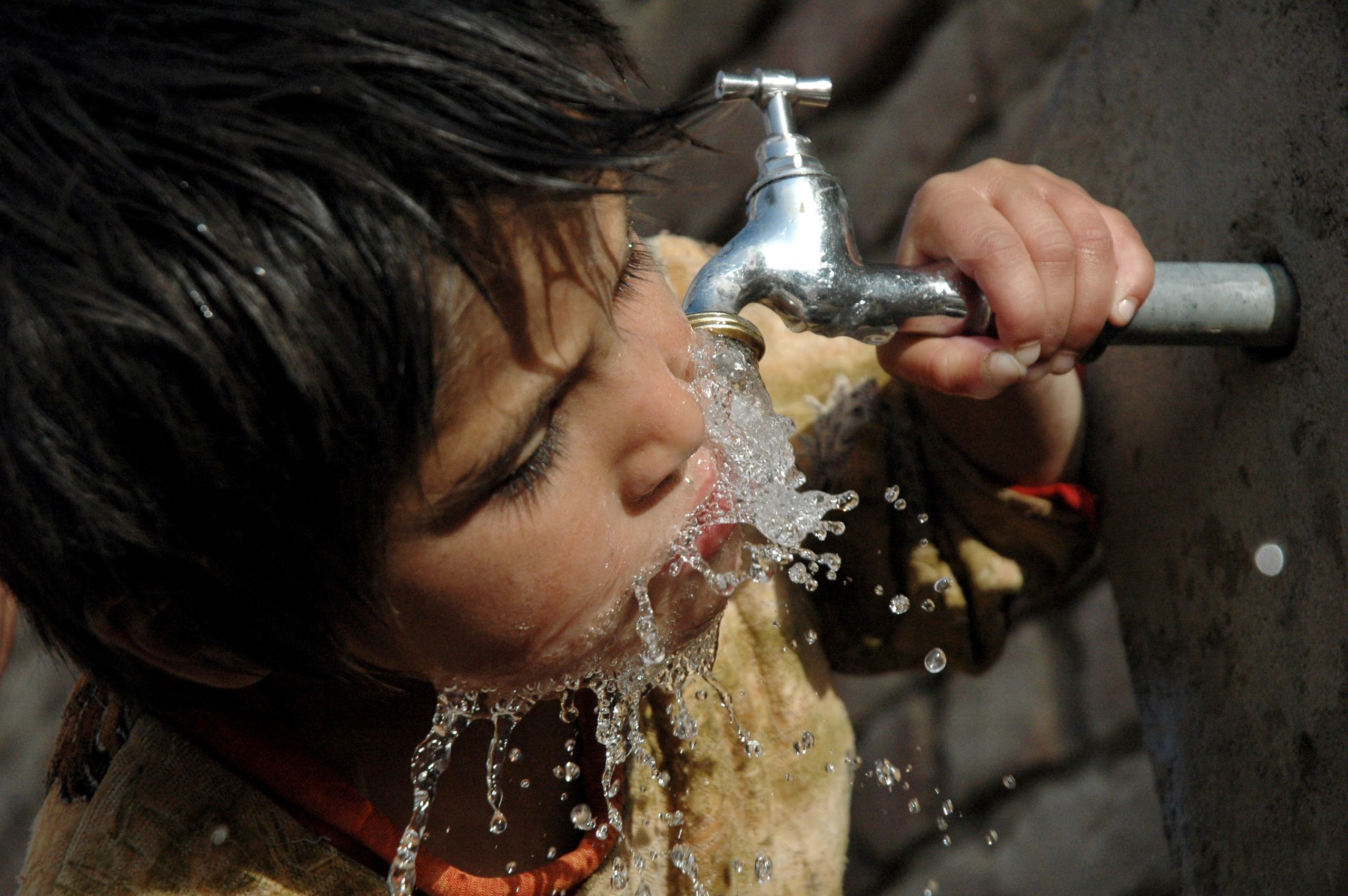
Companies and consumers must share a model that changes the traditional relationship with products and services and implies new rights and obligations, especially for users. © Imal Hashemi / TAIMANI FILMS / WORLD BANK.
The solution of the ideal circular economy poses various challenges in its implementation. First, the effectiveness of the model depends on an advanced technology. This means investment and, therefore, the existence of an effective and consensual legal framework. Right now, this only exists in the most advanced countries and mainly refers to the health and environmental safety of reused water and the sewage sludge obtained from its treatment.
The second challenge derives from the participatory and transversal spirit of circular economy. Governments, companies and consumers must share a model that changes the traditional relationship with products and services and implies new rights and obligations, especially for users. In the case of water, a highly sensitive issue for citizens, total transparency and a renewed effort in communication are needed to share a common language that allows the understanding of the model’s philosophy and creates knowledge, key factors to generate the trust of users.
Understanding the concepts of natural capital and sustainability as development factors and what practices threaten them is the first communication challenge. Beyond the mere use of water, civil society needs to understand that the generation of value in waste is essential for it to be used and disappear after being reintroduced in the production process. In this sense it is essential to convey that the circular economy forces the fundamental interaction of the water sector with other sectors such as the energetic, industrial or agricultural.
Adequate public awareness is also essential to undertake sanitation reform projects and to go beyond the stunted politicization of management. A common language is necessary, and it needs to be included in the educational cycles. A consumer who is aware of the scientific and technological bases of the production model guarantees the soundness of the projects. The whole community should understand, for example, what technical indicators (amount of water collected, water used, pollution level, energy expenditure, etc.) are necessary for adequate hydrological planning that allows the efficient contemplation of water needs. Users must also understand what processes pollute water or impair its treatment in order to establish an adequate framework of rights and obligations for the model to work.
Worldwide water security
This productive strategy appears as essential to achieve the sustainability of a planet that will have to feed and provide a dignified life to 9 billion inhabitants by 2030. The circular economy goes beyond the defense of the environment: it shows that the preservation of the natural capital is not compatible with the extractive practices that have undermined the development of many poor countries and shows that worldwide solidarity is an economic asset. It proposes a more humanized and ethical world, by being more focused on the real needs of the population rather than on those created, and thus lays the foundation for a fairer economy capable of leading humanity to the achievement of the SDGs.
The effectiveness of the circular economy model depends on the existence of an effective and consensual legal framework that facilitates RDI.
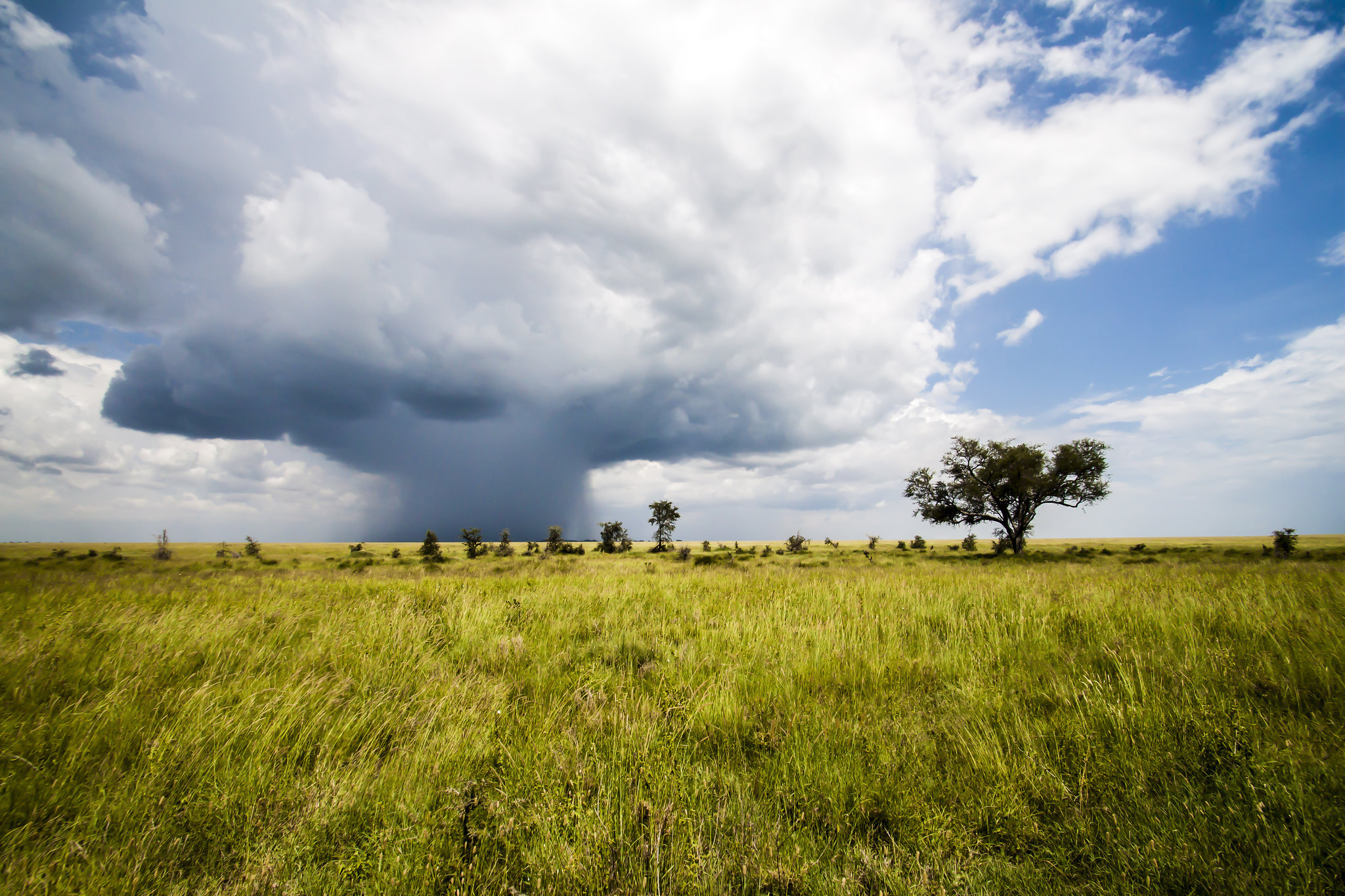
The circular economy appears as essential to achieve the sustainability of a planet that will have to feed and provide a dignified life to 9 billion inhabitants by 2030. © World Meteorological Organization/ Rita Visigalli


